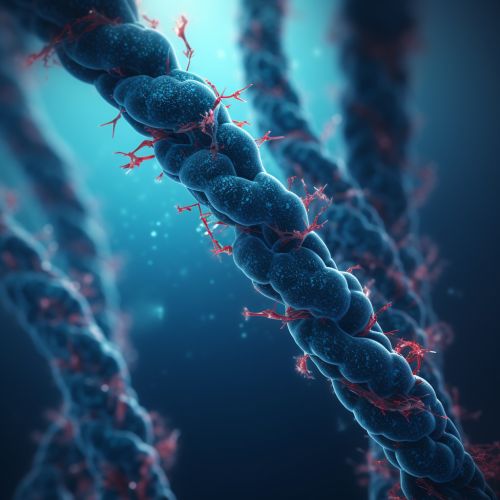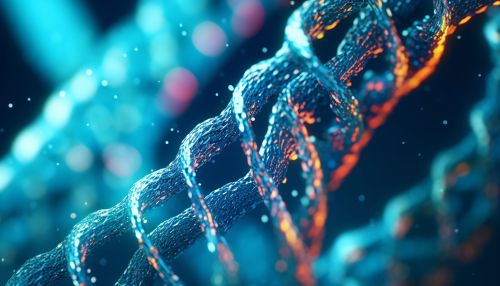Chromosome
Introduction
A chromosome is a long, string-like structure made of nucleic acids and protein that carries genetic information. Each chromosome is composed of DNA (deoxyribonucleic acid) coiled and supercoiled around proteins called histones. Chromosomes are found in the nucleus of most living cells and are responsible for carrying the genes that determine the characteristics of living organisms.
Structure
Chromosomes are made up of a complex of DNA and protein. The DNA molecule is made up of two strands, each composed of a long sequence of nucleotides. The DNA is tightly coiled around proteins called histones, forming a structure known as nucleosomes. These nucleosomes are further coiled into a higher-order structure to form the chromosome.


Function
The primary function of chromosomes is to carry the genetic information that determines the characteristics of an organism. This information is encoded in the sequence of nucleotides in the DNA molecule. During cell division, the chromosomes ensure that the genetic information is accurately replicated and distributed to the daughter cells.
Chromosome Number
Different species have different numbers of chromosomes. For example, humans have 46 chromosomes, while fruit flies have 8. The number of chromosomes in a species is not related to the complexity of the organism. For example, some plants have over 100 chromosomes, while some simple organisms have only one.
Types of Chromosomes
There are several types of chromosomes, including autosomes and sex chromosomes. Autosomes are chromosomes that are not involved in determining the sex of an organism, while sex chromosomes determine the sex of an organism. In humans, there are 22 pairs of autosomes and one pair of sex chromosomes.
Chromosome Abnormalities
Chromosome abnormalities can lead to a variety of genetic disorders. These abnormalities can involve changes in the number of chromosomes, such as Down syndrome, which is caused by an extra copy of chromosome 21. They can also involve changes in the structure of chromosomes, such as translocations, deletions, or duplications.
